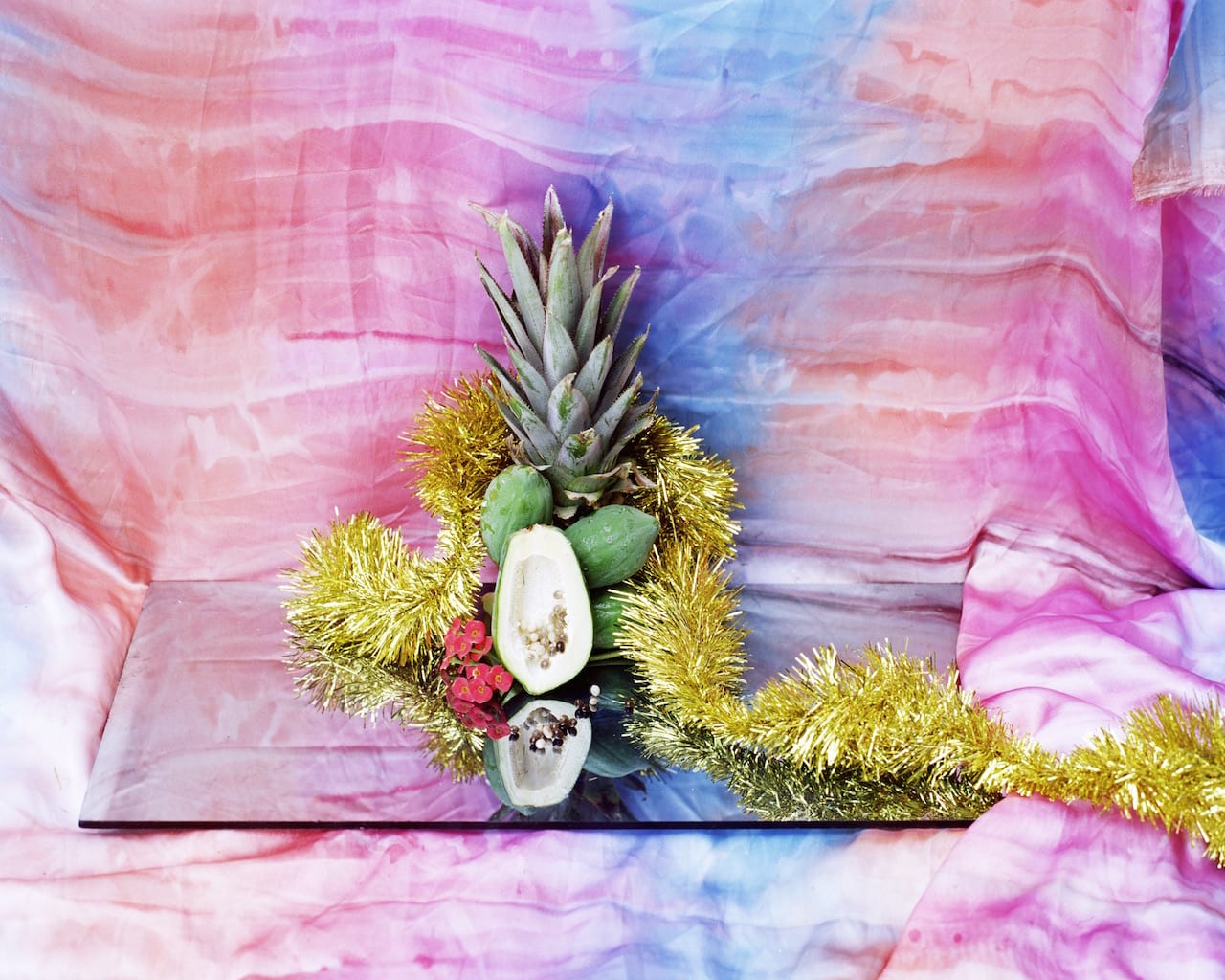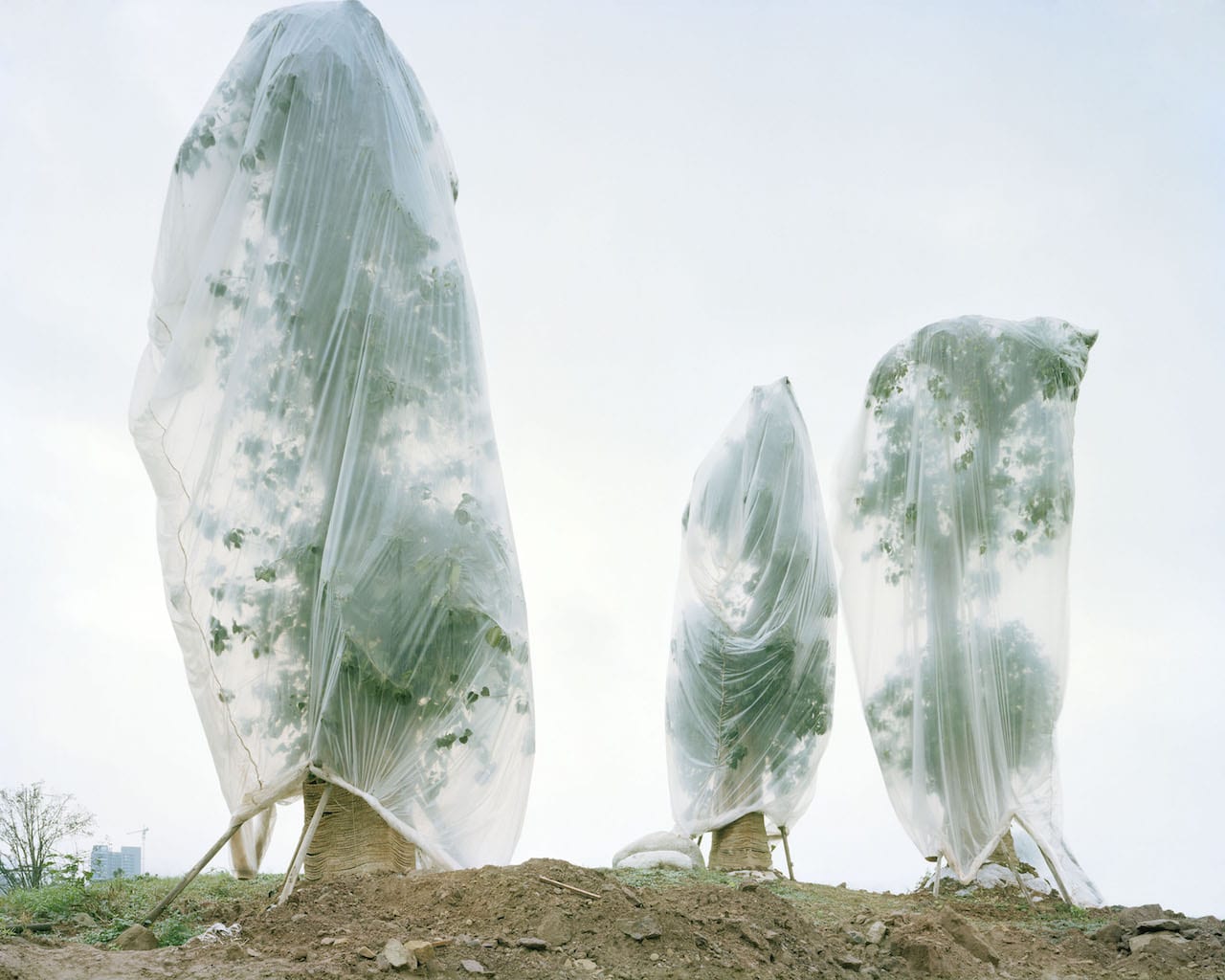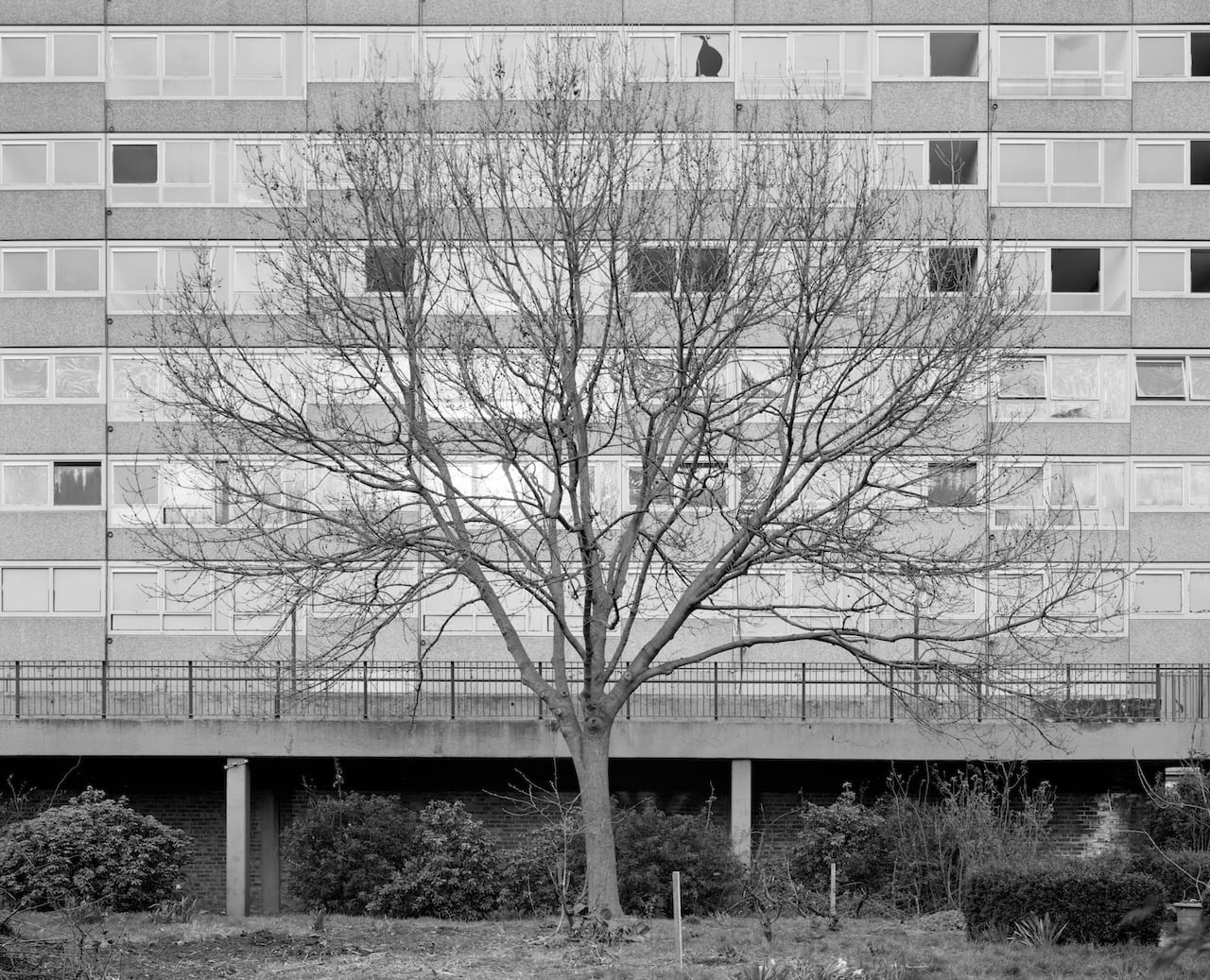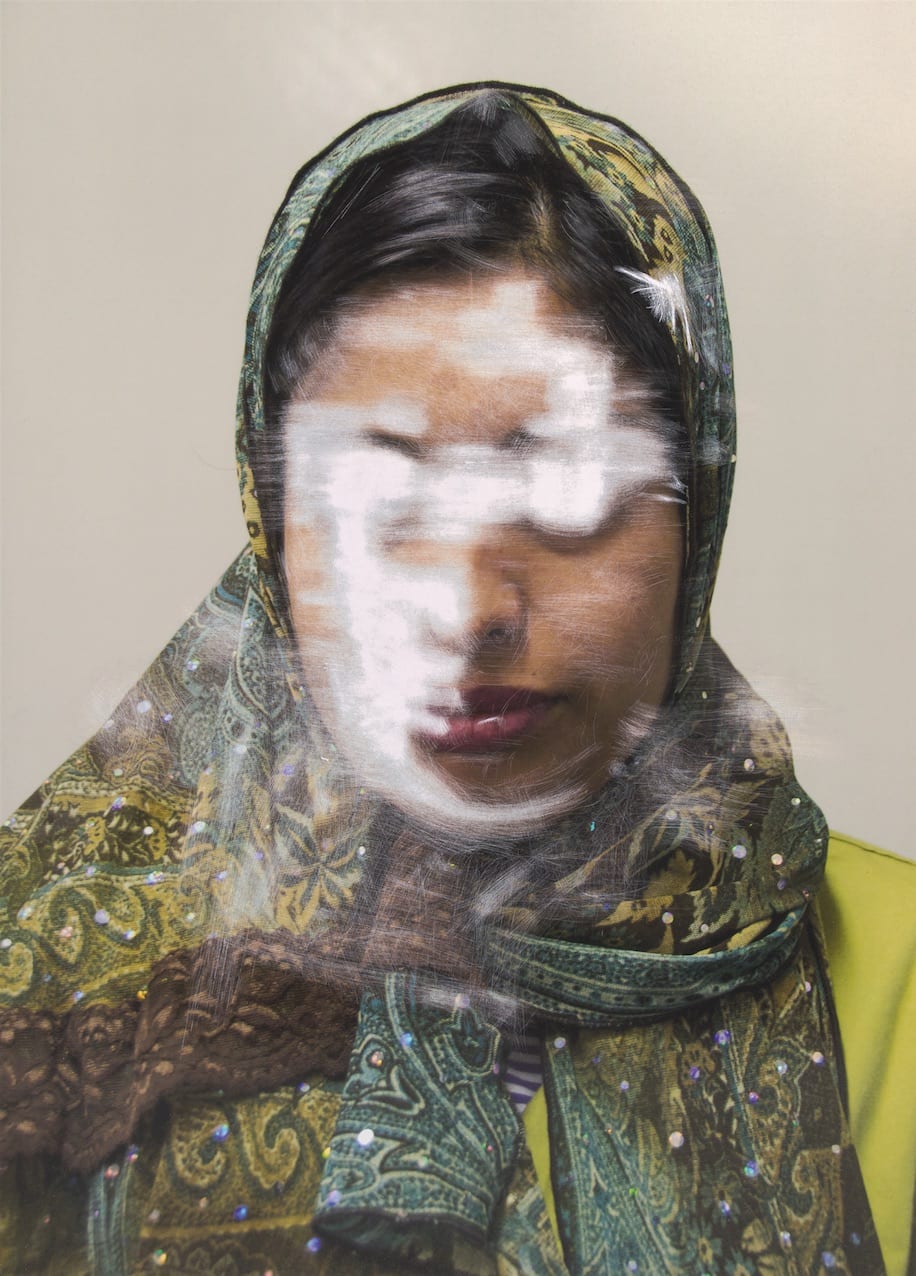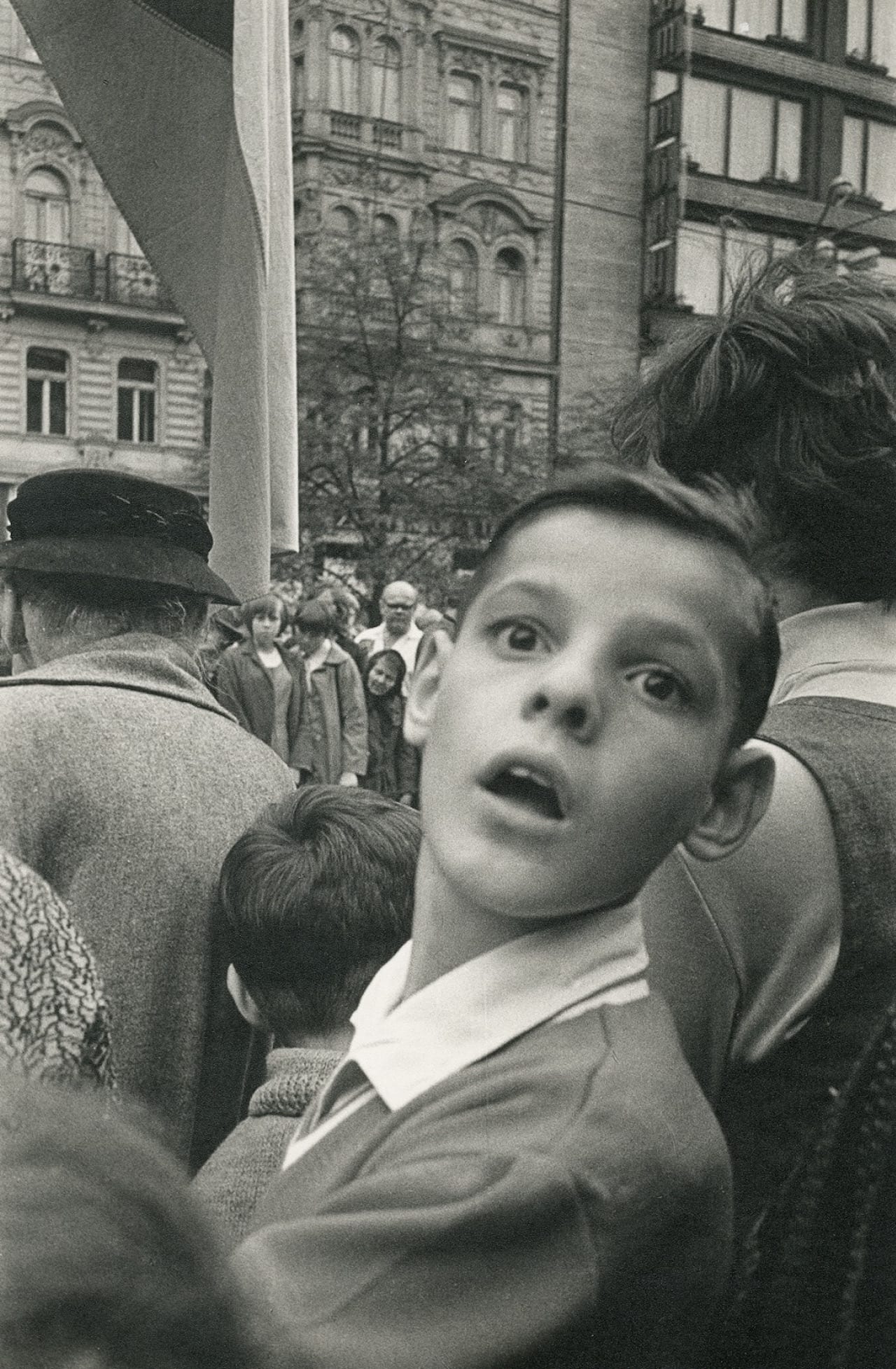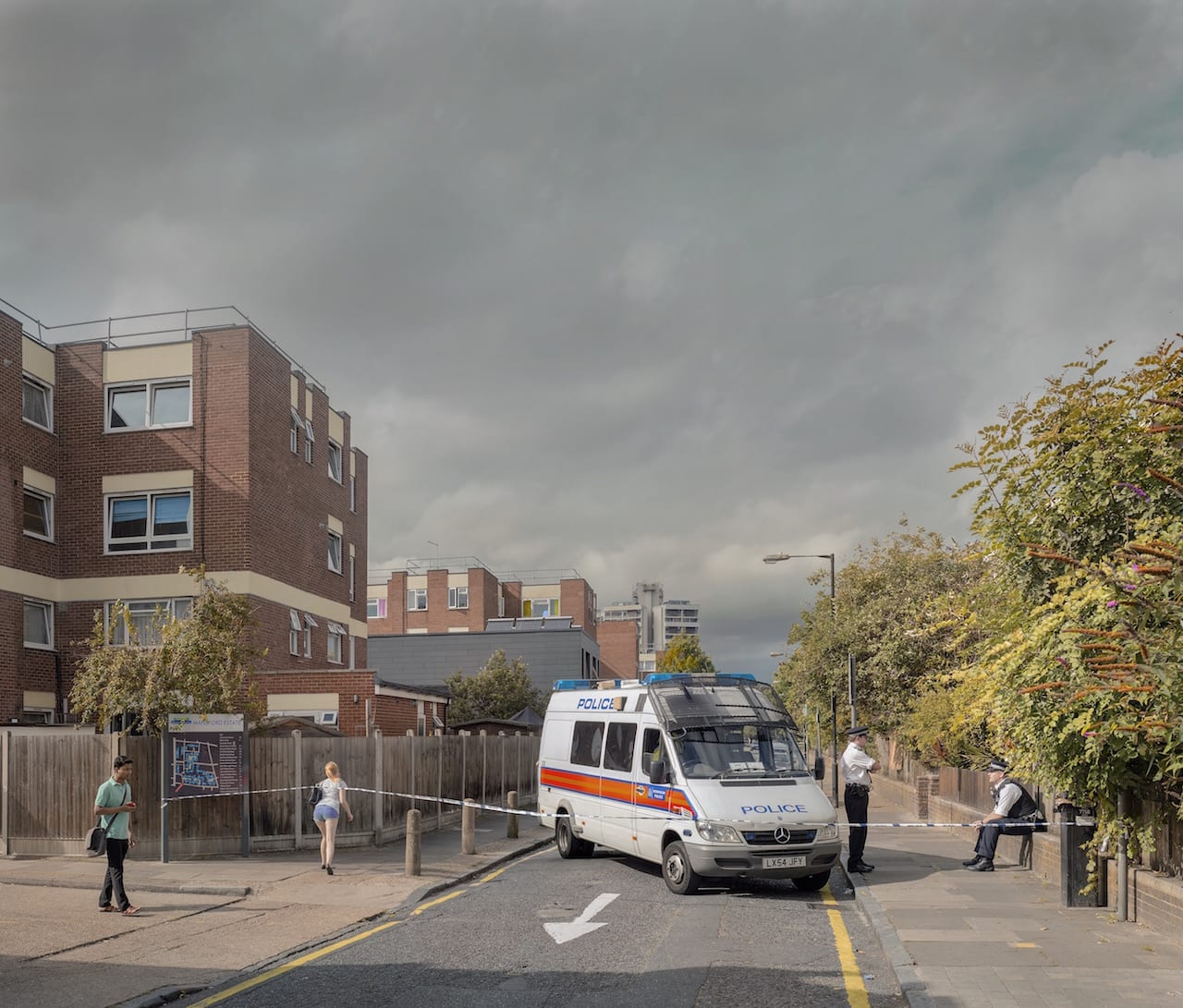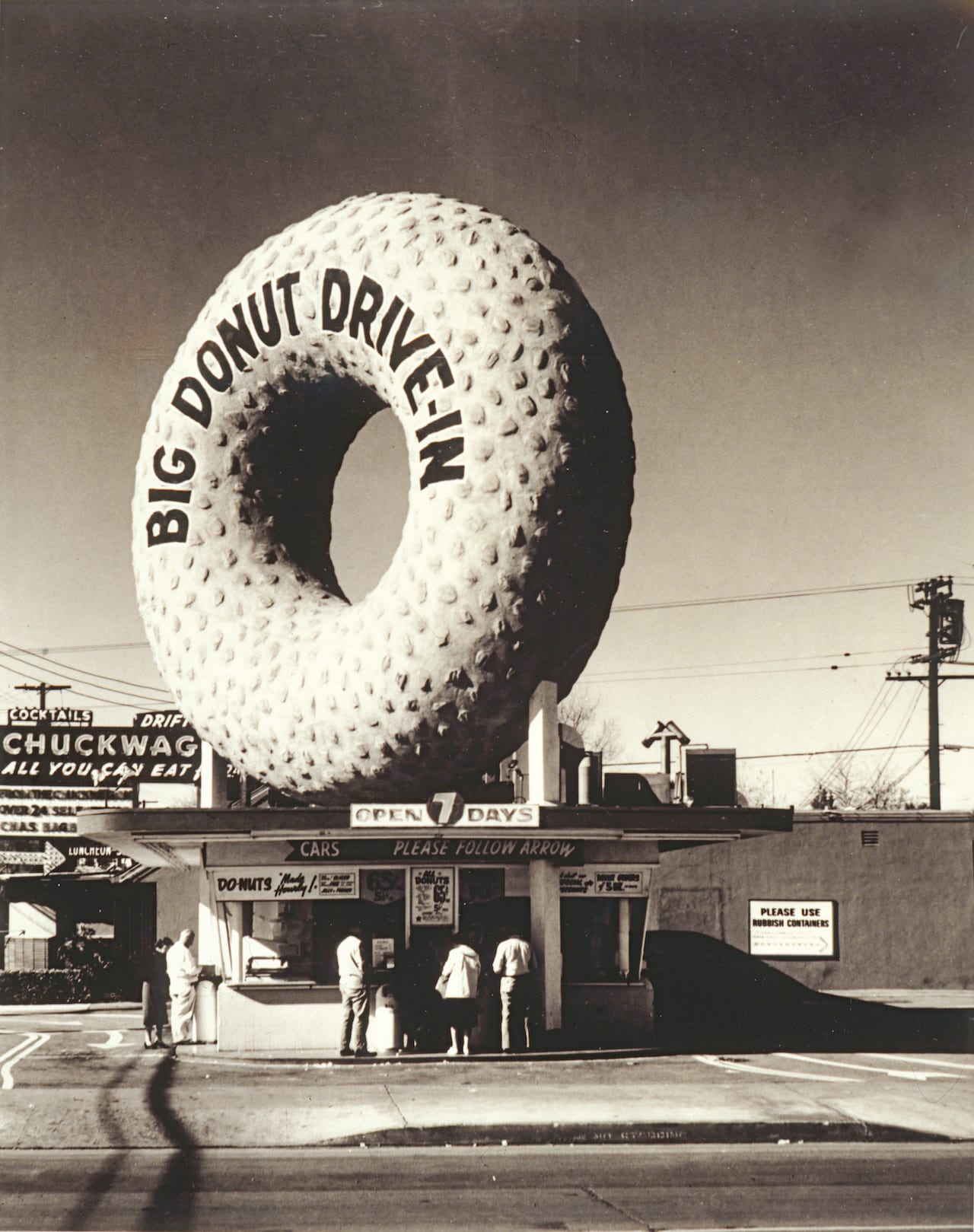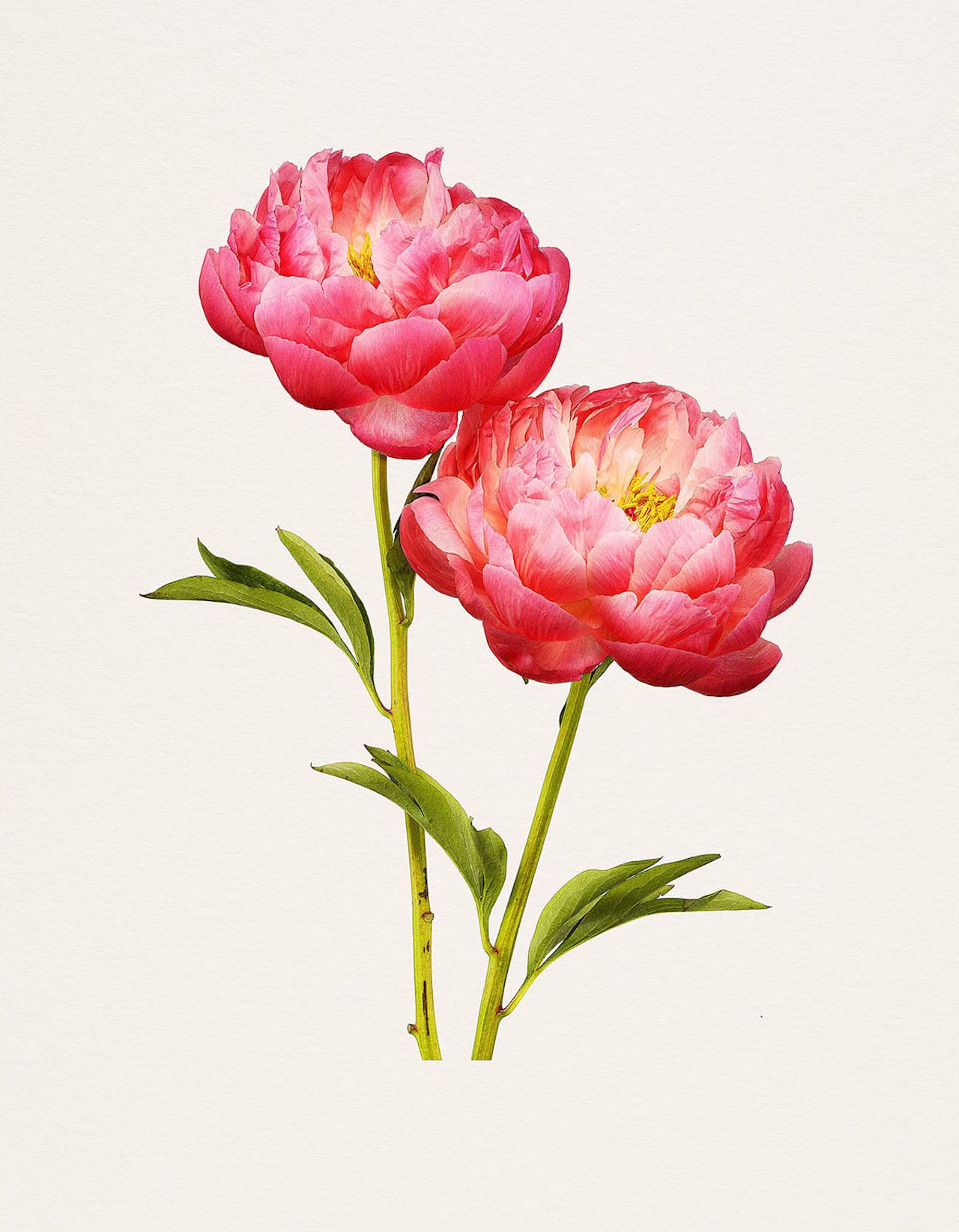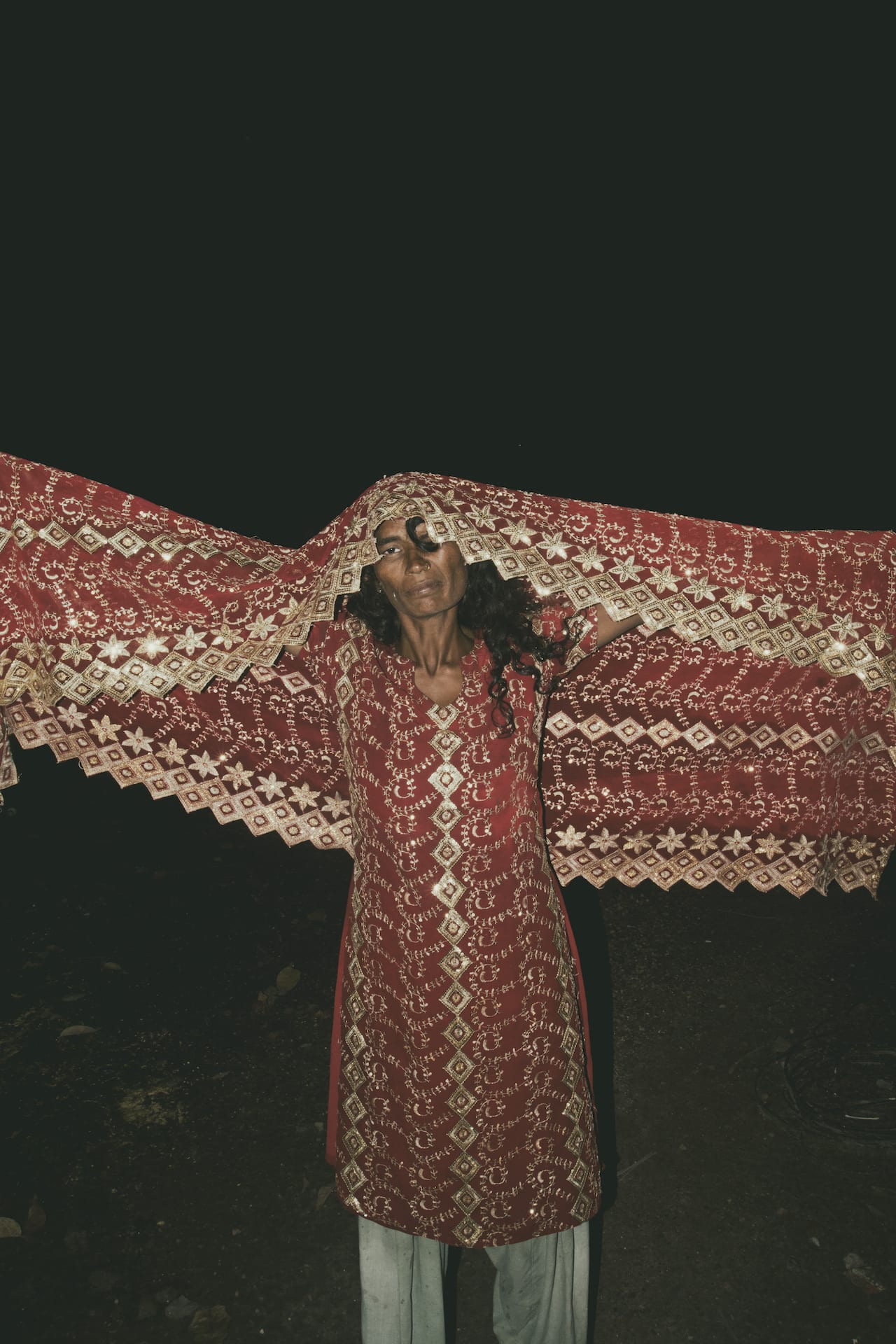For the past five years, Ulla Deventer has been working on a project about women and prostitution in Europe – specifically in Brussels, Athens and Paris – but also, more recently, in Ghana. Several of the women she met in the project’s early days were from West Africa, and Deventer developed close friendships with some of her subjects, who inspired her to travel to their home countries to experience first-hand what life is like for women living there.
In May 2017, Deventer, who was born in Henstedt-Ulzburg in north Germany and is now based in Hamburg, spent six weeks in Accra, the capital of Ghana, where she focused her attention on the living conditions of the city’s youth, particularly its female sex workers. She recently returned to the country to continue to work on Butterflies Are a Sign of a Good Thing – an extension of her original project.

